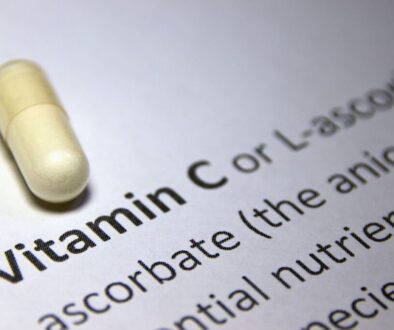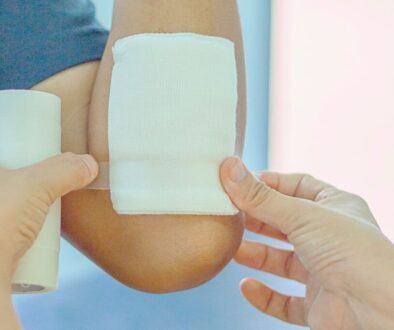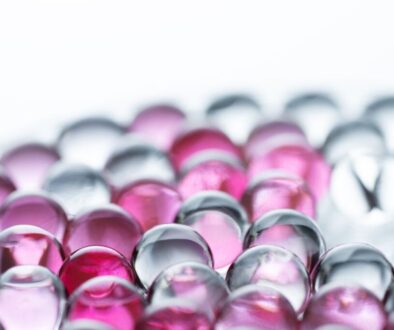Exploring Tunneling Pressure Ulcers: A Guide To Wound Assessment And Care

Causes Of Tunneling In Wounds
Tunneling in wounds can result from various factors, adding complexity to healing. Knowing these causes helps in effective treatment and prevention.
Here are some common causes:
Infection
When bacteria or fungi invade a wound, they can erode the tissue and create tunnels. This tunneling is often the body’s way of isolating the infection.
Pressure
Sustained pressure on specific body areas, especially over bones, can impede blood flow. This may result in tissue damage and ulcer formation. Over time, this pressure may lead to the development of tunnels within the wound.
Trauma
Skin trauma, such as deep cuts or surgical wounds, can lead to tunneling. This occurs if the wound is not correctly managed during healing.
Underlying Medical Conditions
Conditions like diabetes, vascular disease, or a weak immune system can slow down healing, raising the risk of tunnels forming in wounds.
Foreign Bodies
When a foreign object or debris embeds itself in a wound, the body may form a tunnel to expel or contain the material.
Risk Factors
Some individuals are more likely to develop tunneling wounds. This can be due to health conditions or environmental factors. Knowing these risks can aid in prevention and management:
- Immobility. People who are bedridden or wheelchair-bound are prone to pressure ulcers, and those with limited mobility also face this risk. A wound can develop into a tunneling pressure ulcer. Prolonged pressure on the skin, especially over bony areas, reduces blood flow and can cause tissue damage.
- Diabetes. Diabetes is a chronic health ailment that can affect circulation and slow the body’s wound healing. Consequently, people with diabetes are more prone to skin complications. Tunneling can occur when wounds don’t heal properly.
- Obesity. Excess body weight increases pressure on areas with less muscle or fat cushioning. This can lead to pressure ulcers and tunnels, as the skin and tissues can’t withstand prolonged compression.
- Aging. As individuals age, their skin becomes thinner, less elastic, and more fragile, making it less resilient to pressure and injury. This increases the risk of pressure ulcers and tunneling wounds in older adults. Aging can also lead to health issues that delay wound healing.
- Infection. When a wound becomes infected, it can delay healing and cause complications like tunnel formation. Prompt treatment is crucial to prevent bacteria from spreading and deeper wounds. Infections can worsen the wound and cause extensive tissue damage if not addressed quickly.
Management Of Tunneling Wounds
Proper care is crucial for healing tunneling wounds. It reduces the risk of further complications. Effective treatment typically combines medical interventions with regular wound care. Here are the essential strategies:
Comprehensive Assessment
Healthcare professionals evaluate the wound’s size, depth, and location. They vigilantly monitor for complications like infection or necrosis. Identifying the underlying causes is essential for effective treatment.
Debridement Of Necrotic Tissue
Eliminating necrotic tissue through debridement fosters a clean environment conducive to healing.
Infection Control
Managing and preventing infections effectively requires antibiotics or antifungal treatments. Pair these with suitable wound dressings.
Wound Care Techniques
Specialized wound dressings maintain a sterile, moist environment, which supports cell regeneration and healing. Keeping the wound moist accelerates healing by supporting cell migration and tissue repair. Filling tunnels with suitable wound-packing materials encourages granulation tissue growth. The material absorbs excess moisture and prevents gaps where infection could spread.
Pressure Redistribution
For tunneling pressure ulcers, specialized cushions or mattresses are used. They help alleviate pressure on the affected area, improving blood circulation and minimizing further injury.
Topical Medications
Topical antimicrobial agents are applied to fight infection. Use wound healing products to promote tissue repair.
Compression Therapy
Compression therapy can significantly improve circulation in patients suffering from vascular-related wounds.
Negative Pressure Wound Therapy (NPWT)
Negative pressure wound therapy, also called vacuum-assisted wound closure, controls the air pressure at the wound site. This technique hinders the growth of harmful bacteria and enhances the likelihood of recovery.
Surgical Intervention
In certain situations, it may be essential to surgically open the wound tract and allow the site to heal naturally. Severe cases such as stage 4 pressure ulcer tunneling may require other surgical techniques. This can include skin grafts, flaps, or other reconstructive techniques.
Patient Education And Monitoring
Teaching patients effective wound care techniques is crucial. Conducting regular follow-ups to monitor progress is also essential in the healing process.

Frequently Asked Questions
How long does it take for a tunneling wound to heal?
The healing time of a wound depends on its depth and severity. Factors like infection or existing medical conditions also play a role. Typically, with appropriate care, tunneling wounds take weeks to months to heal fully.
Is it possible for a tunneling wound to heal independently?
A tunneling pressure ulcer rarely heals on its own. Most usually require professional intervention. This helps address their root causes and ensures proper healing. Without treatment, the risk of infection and additional complications increases substantially.
What is the difference between tunneling and undermining wounds?
Tunneling is a narrow channel that extends from the wound’s surface deeper into the tissue. Undermining involves tissue destruction beneath the wound’s surface without forming a distinct tunnel. Both conditions necessitate similar wound care approaches.
What is the best dressing for a tunneling wound?
The ideal dressing for a wound depends on its condition and depth. Absorbent dressings and foam dressings are commonly used. Alginates and amniotic membrane allografts are also utilized. Materials that preserve moisture are frequently employed. Packing materials are also essential for deep or complex wounds.
Healing Tunneling Pressure Ulcers With Expertise And Care
Tunneling pressure ulcers are serious wounds that require comprehensive care and specialized treatment for effective healing. Identifying causes is crucial, as is implementing strategies for timely and proper recovery. Seek help from a wound care specialist promptly for the best chance of healing.
Heal Ulcers, Burns, & Surgery Wounds With Break-Through Amniotic Allograft Treatments
Experience the future of wound care with our advanced amniotic allograft treatments. Say goodbye to slow healing. Our innovative solutions promote faster recovery from pressure wounds, ulcers, burns, and surgical wounds. Trust the power of science for your healing journey. Regain your comfort and health today! See if you are eligible for treatment here.

About The Author
Corinne Grace is a full-time writer living in the Philippines. She has a nursing degree from Riverside College. Her background in nursing informs her perspective, allowing her to weave in themes of health, empathy, and resilience into her work.




